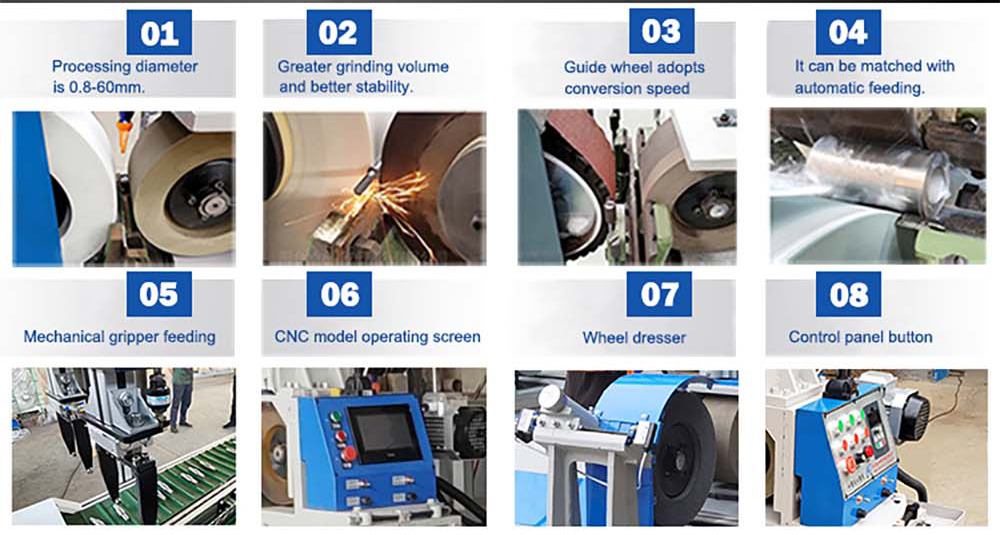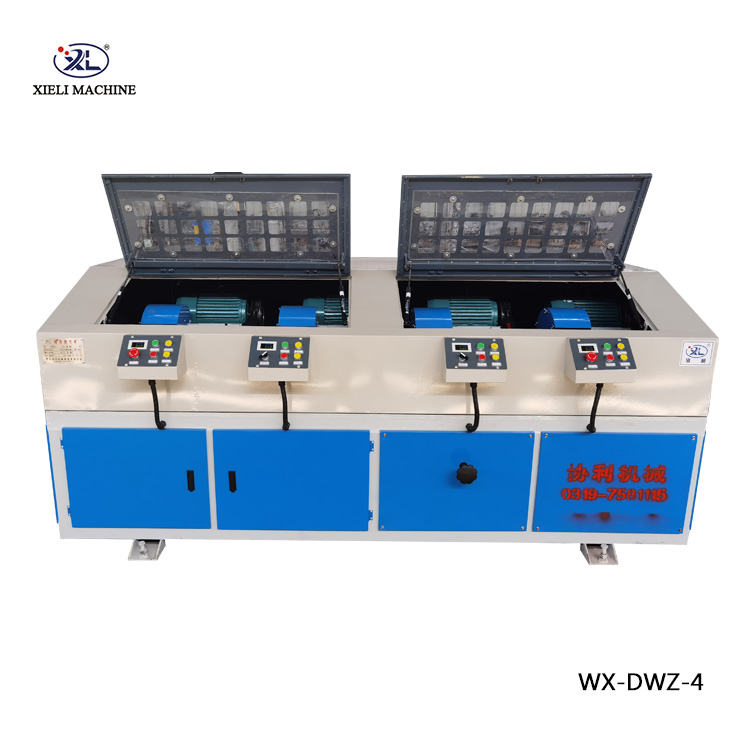Belt Polishing Machine Revolutionizing Surface Finishing
In today’s competitive manufacturing landscape, the quest for perfection in product quality is relentless. One of the pivotal areas that demand attention is surface finishing. Among various technologies employed for this purpose, the belt polishing machine stands out as a groundbreaking innovation that enhances efficiency, consistency, and finish quality across multiple industries.
What is a Belt Polishing Machine?
A belt polishing machine is an advanced piece of equipment designed to smooth and polish surfaces using abrasive belts. It is widely utilized in sectors ranging from automotive and aerospace to woodworking and metal fabrication. The machine operates by feeding workpieces through a series of moving, abrasive belts that remove imperfections, scratches, and oxidation, thereby delivering a smooth, high-quality finish.
How it Works
The functionality of a belt polishing machine revolves around its core components the abrasive belt, tensioning system, and the drive mechanism. The abrasive belt is made from various materials, including aluminum oxide, silicon carbide, and ceramic, each suitable for different types of surfaces. As the machine operates, the workpiece is fed against the rotating belt, applying consistent pressure, which ensures uniform surface treatment.
Adjustability is another significant feature of these machines. Operators can modify the speed of the conveyor belt and the pressure applied to the workpiece, allowing for tailored surface finishing according to specific requirements. This flexibility ensures that delicate items as well as robust materials can be polished effectively.
Benefits of Using Belt Polishing Machines
1. Efficiency and Speed Traditional polishing methods often require long hours and substantial labor. Belt polishing machines significantly reduce processing time while maintaining the quality of the finish. Their design allows for mass production without compromising the integrity of the surface being polished.
belt polishing machine company

2. Consistency Ensuring uniform results across multiple pieces is crucial in production environments. Belt polishing machines provide consistent polishing quality, minimizing variations that could lead to customer dissatisfaction or increased rejection rates.
3. Versatility These machines are versatile and can handle a variety of materials, including metals, plastics, and wood. They can be used for various applications such as deburring, polishing, and satin finishing.
4. Cost-Effectiveness While the initial investment in a belt polishing machine may be higher, the long-term benefits outweigh the costs. Reduced labor time, fewer material defects, and consistent quality lead to greater profit margins.
Choosing the Right Belt Polishing Machine Company
When selecting a belt polishing machine, it is essential to choose a reliable manufacturer. A reputable company will not only provide high-quality machines but also offer comprehensive support, including installation, maintenance, and training. Companies that prioritize innovation and technological advancements tend to produce machines that are more efficient and easier to operate.
Moreover, understanding the specific needs of your production process is crucial. Different industries have varying demands regarding speed, type of materials, and surface finish requirements. Engaging with a manufacturer that offers customizable solutions can lead to greater satisfaction and better performance.
Conclusion
As industries continue to strive for higher quality standards and efficiency, the role of belt polishing machines will undoubtedly expand. They represent a fusion of technology and manufacturing, offering solutions that enhance productivity while delivering impeccable finishes. Investing in a reliable belt polishing machine is not just a step towards modernization; it is a commitment to excellence in production. Whether you’re a small workshop or a large manufacturing facility, embracing this technology will position your business for future success.





